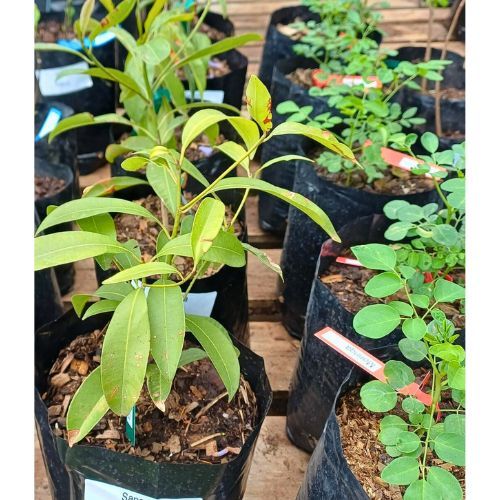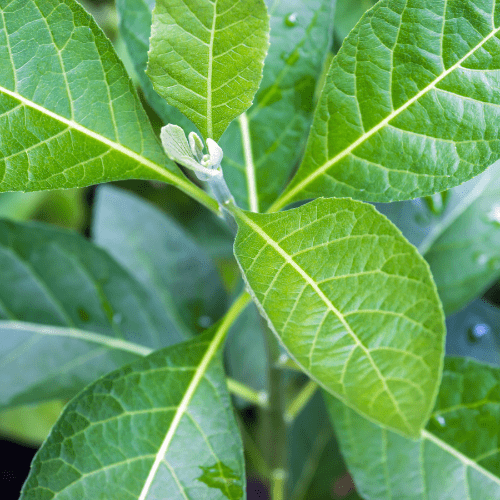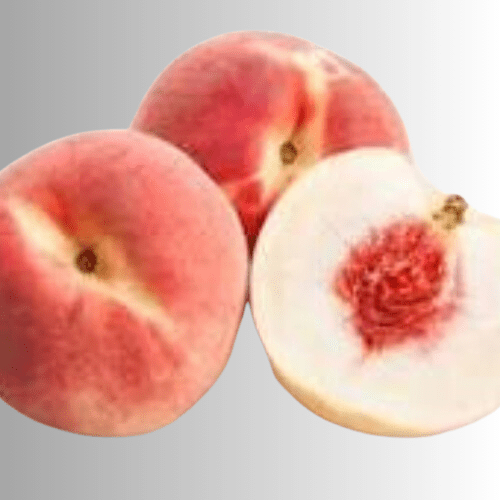Position
They require well-drained soil with good fertility and prefer slightly acidic to neutral pH levels.
Adequate rainfall or irrigation is essential for their growth.
These trees are drought-tolerant once established but benefit from regular watering, especially during dry periods.
Fertilising:
Sapodilla trees benefit from regular fertilisation during their growing season, which is typically in the spring and early summer. Our berry fertiliser is a great slow-release for all fruit trees.
A small amount of Epsom Salts can encourage fruit set in Spring.
Mulching:
Applying a layer of mulch around the tree’s base can help conserve moisture and maintain soil temperature. Organic mulch, like wood chips or straw, can release nutrients slowly as it breaks down, providing additional nourishment.
Pruning
Pruning is essential to maintain the tree’s shape, promote air circulation, and facilitate fruit harvesting. It’s best to prune sapodilla trees during the dormant season.
Harvesting:
Sapodillas are typically harvested when they are slightly firm and can be easily separated from the tree. Ripe fruit gives slightly when gently squeezed.
Post-harvest ripening at room temperature can further enhance the fruit’s flavour and texture.








